Home>Technology>Home Entertainment Systems>How To Soundproof A Home Theater Room
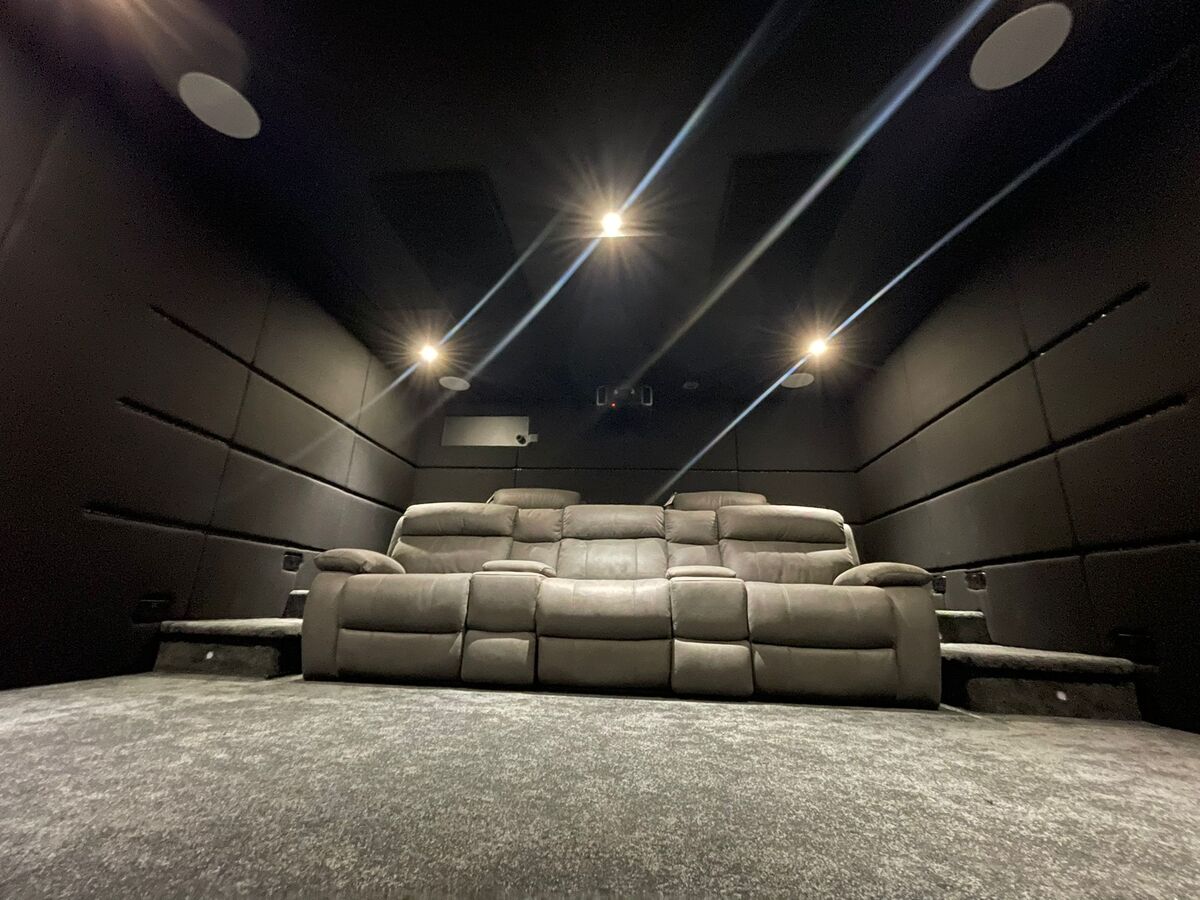

Home Entertainment Systems
How To Soundproof A Home Theater Room
Modified: October 28, 2024
Learn how to soundproof your home theater room for the ultimate movie-watching experience with our expert tips and advice. Create the perfect environment for your home entertainment system.
(Many of the links in this article redirect to a specific reviewed product. Your purchase of these products through affiliate links helps to generate commission for Storables.com, at no extra cost. Learn more)
Introduction
Creating a home theater room is a dream for many, offering a space to immerse oneself in the magic of cinema without leaving the comfort of home. However, achieving the perfect cinematic experience involves more than just setting up a big screen and comfortable seating. One crucial aspect that often gets overlooked is soundproofing.
Soundproofing a home theater room is essential for several reasons. Firstly, it prevents sound from escaping the room and disturbing others in the house. Additionally, it keeps external noise from infiltrating the space, ensuring an uninterrupted and immersive viewing experience. Whether you're watching an action-packed blockbuster or a quiet, dialogue-driven film, a well-soundproofed room can make all the difference in the audio quality and overall enjoyment.
In this comprehensive guide, we will delve into the intricacies of soundproofing a home theater room. From assessing the room's current state to implementing various soundproofing techniques, we will explore the steps necessary to create an acoustically optimized space. By the end of this guide, you will have a thorough understanding of how to transform any room into a private cinematic sanctuary.
Let's embark on this journey to elevate your home entertainment experience to new heights through the art of soundproofing.
Key Takeaways:
- Soundproofing a home theater room involves assessing the current sound leakage, using insulation materials, and strategic placement of acoustic panels to create an immersive and undisturbed cinematic experience.
- By addressing the walls, ceiling, floor, doors, and windows with soundproofing techniques such as double drywall, mass-loaded vinyl, and acoustic curtains, any room can be transformed into a private cinematic sanctuary.
Assessing the Room
Before diving into the process of soundproofing a home theater room, it's crucial to conduct a comprehensive assessment of the space. This initial step lays the foundation for understanding the existing acoustics and identifying potential areas for improvement. Here's a detailed breakdown of the key aspects to consider during the assessment:
-
Current Sound Leakage: Begin by evaluating the room's current sound leakage. This involves observing whether sound easily travels in or out of the room. Common sources of sound leakage include thin walls, gaps around doors and windows, and inadequate insulation.
-
External Noise: Take note of any external noise that penetrates the room. This could be traffic noise, neighborhood sounds, or any other disturbances that could impact the viewing and listening experience.
-
Room Dimensions and Layout: Analyze the dimensions and layout of the room. Irregular shapes, large open spaces, and parallel walls can contribute to acoustic issues such as echo and reverberation.
-
Existing Materials: Assess the materials used in the construction of the room, including the walls, ceiling, and floor. Different materials have varying acoustic properties, and understanding their impact is essential for devising an effective soundproofing strategy.
-
Potential Sound Sources: Identify potential sources of sound within the room, such as loudspeakers, subwoofers, and audio-visual equipment. Understanding the location and intensity of these sound sources is crucial for implementing targeted soundproofing solutions.
-
Budget and Time Constraints: Consider the budget and time constraints for the soundproofing project. This will help in determining the feasibility of different soundproofing methods and materials.
By thoroughly assessing these aspects, you'll gain valuable insights into the specific soundproofing requirements of the room. This knowledge will guide the subsequent steps in the soundproofing process, ensuring that the chosen solutions effectively address the unique acoustic characteristics of the space.
Soundproofing the Walls
Soundproofing the walls is a fundamental step in creating an acoustically optimized home theater room. Walls are often the primary pathway for sound transmission, and addressing this crucial element can significantly enhance the overall sound isolation within the space. Here's a detailed exploration of the various techniques and materials involved in soundproofing the walls:
Insulation Materials
One of the most effective ways to soundproof walls is by adding insulation materials. Fiberglass insulation, mineral wool, and acoustic foam are popular choices for their sound-absorbing properties. These materials work by dampening sound vibrations, preventing them from traveling through the walls and into adjacent areas. When selecting insulation materials, it's essential to consider their density and thickness, as these factors play a critical role in sound absorption.
Double Drywall
Another proven method for soundproofing walls is the installation of double layers of drywall. By adding a second layer of drywall with an offset seam pattern, sound transmission can be significantly reduced. The air gap between the two layers acts as a barrier, effectively diminishing the passage of sound waves. Additionally, using sound-dampening adhesive between the layers further enhances the wall's ability to block sound.
Read more: How Big Should A Home Theater Room Be
Green Glue
Green Glue is a specialized acoustic compound designed to improve the soundproofing performance of walls. When applied between layers of drywall or plywood, Green Glue converts sound energy into small amounts of heat, effectively dissipating the sound waves. This simple yet powerful solution can notably enhance the sound isolation capabilities of the walls, creating a more controlled acoustic environment within the home theater room.
Resilient Channels
Resilient channels are effective for decoupling the drywall from the wall studs, reducing the transfer of sound vibrations. By installing resilient channels before attaching the drywall, the transmission of impact and airborne noise can be minimized. This method effectively breaks the direct connection between the drywall and the structural elements of the wall, mitigating the transfer of sound energy.
Acoustic Panels
In addition to traditional soundproofing methods, the strategic placement of acoustic panels on the walls can further improve the room's acoustics. These panels are designed to absorb and diffuse sound waves, reducing reverberation and echo within the space. By incorporating acoustic panels into the wall design, the overall sound quality and clarity in the home theater room can be significantly enhanced.
By implementing a combination of these soundproofing techniques, the walls of the home theater room can be transformed into effective barriers against unwanted sound transmission. Each method contributes to creating a controlled acoustic environment, allowing for an immersive and undisturbed cinematic experience.
Soundproofing the Ceiling
When it comes to soundproofing a home theater room, the ceiling plays a crucial role in containing and isolating sound. Sound vibrations can easily travel through the ceiling, impacting both the room's acoustics and the surrounding areas. To create an optimal cinematic experience, it's essential to implement effective soundproofing measures for the ceiling. Here's a comprehensive exploration of the techniques and materials involved in soundproofing the ceiling:
Read more: How To Soundproof A Living Room
Acoustic Insulation
The first step in soundproofing the ceiling involves the installation of acoustic insulation. Similar to the approach used for walls, materials such as fiberglass insulation and mineral wool can be utilized to absorb and dampen sound vibrations. These insulation materials are designed to minimize the transmission of airborne and impact noise, effectively enhancing the overall sound isolation within the room. When selecting insulation, it's important to consider the thickness and density to achieve the desired level of sound absorption.
Mass-Loaded Vinyl (MLV)
Mass-loaded vinyl is a versatile soundproofing material that can be applied to the ceiling to improve its acoustic performance. MLV is a dense, flexible sheeting that effectively blocks sound transmission. By installing MLV between the existing ceiling and the new finishing materials, the material acts as a barrier, preventing sound waves from passing through. This simple yet effective solution significantly reduces airborne noise, making it an ideal addition to the soundproofing strategy for the home theater room.
Resilient Sound Isolation Clips
Resilient sound isolation clips are designed to decouple the ceiling structure from the joists, effectively reducing the transfer of sound vibrations. By installing these clips and accompanying hanger rods, the ceiling becomes isolated from the structural elements of the building, minimizing the transmission of impact and airborne noise. This method is particularly effective in preventing low-frequency sound waves from traveling through the ceiling, creating a more controlled acoustic environment within the home theater room.
Double Drywall with Green Glue
Similar to soundproofing walls, the application of double layers of drywall with Green Glue can significantly enhance the soundproofing capabilities of the ceiling. By adding a second layer of drywall with an offset seam pattern and applying Green Glue between the layers, the ceiling's ability to block sound is notably improved. This approach effectively reduces airborne noise and ensures that sound vibrations are contained within the home theater room, enhancing the overall audio quality and clarity.
Read more: How To Soundproof Laundry Room
Acoustic Clouds and Panels
In addition to traditional soundproofing methods, the strategic placement of acoustic clouds and panels on the ceiling can further improve the room's acoustics. These specialized acoustic treatments are designed to absorb and diffuse sound waves, reducing reverberation and echo within the space. By incorporating acoustic clouds and panels into the ceiling design, the overall sound quality and clarity in the home theater room can be significantly enhanced, creating an immersive and undisturbed cinematic experience.
By integrating these soundproofing techniques, the ceiling of the home theater room can be transformed into an effective barrier against unwanted sound transmission. Each method contributes to creating a controlled acoustic environment, ensuring that the cinematic experience is truly immersive and free from external disturbances.
Soundproofing the Floor
Soundproofing the floor of a home theater room is a critical aspect of creating an immersive audio experience while preventing sound from traveling to other areas of the house. By implementing effective soundproofing measures for the floor, the overall acoustics of the room can be significantly enhanced. Here's a comprehensive exploration of the techniques and materials involved in soundproofing the floor:
Underlayment Materials
The first step in soundproofing the floor involves the use of specialized underlayment materials designed to minimize impact noise and airborne sound transmission. Underlayment materials such as acoustic foam, rubber mats, and cork underlayment are effective in reducing sound vibrations and preventing them from traveling through the floor. These materials act as a barrier, absorbing and dampening sound energy, thereby enhancing the overall sound isolation within the room.
Carpet and Padding
Installing a thick, high-quality carpet with a dense padding can contribute to soundproofing the floor. The carpet and padding combination effectively absorbs impact noise and reduces the transmission of sound waves. Additionally, the soft texture of the carpet helps in minimizing footstep noise and other impact-related sounds, creating a more acoustically controlled environment within the home theater room.
Read more: How To Soundproof A Room In New Construction
Floating Floor Systems
Floating floor systems, such as engineered wood or laminate flooring, offer an effective soundproofing solution for home theater rooms. These systems involve the installation of a resilient underlayment beneath the flooring material, creating a separation between the floor and the subfloor. This separation minimizes the transfer of impact noise and airborne sound, resulting in improved sound isolation and enhanced audio quality within the room.
Mass-Loaded Vinyl (MLV)
Mass-loaded vinyl, known for its soundproofing properties, can be applied beneath the flooring material to further enhance the floor's ability to block sound transmission. MLV acts as a dense, flexible barrier, effectively reducing airborne noise and preventing sound vibrations from traveling through the floor. By incorporating MLV into the soundproofing strategy, the overall acoustics of the home theater room can be significantly improved.
Sealing Floor Gaps
Ensuring that any gaps or seams in the floor are properly sealed is essential for soundproofing. Using acoustic sealant or specialized floor caulking to seal gaps around the edges of the room and between flooring materials can prevent sound leakage and minimize the transmission of airborne noise. This simple yet effective step contributes to creating a more controlled acoustic environment within the home theater room.
By integrating these soundproofing techniques, the floor of the home theater room can be transformed into an effective barrier against unwanted sound transmission. Each method contributes to creating a truly immersive and undisturbed cinematic experience, ensuring that the room provides an optimal audio environment for enjoying movies, music, and other forms of entertainment.
Soundproofing Doors and Windows
Soundproofing doors and windows is a crucial aspect of creating a fully insulated home theater room. These entry points are common areas for sound leakage and external noise infiltration, making them essential targets for soundproofing measures. By addressing the doors and windows, the overall sound isolation within the room can be significantly enhanced, ensuring an undisturbed and immersive cinematic experience.
Weather Stripping and Door Sweeps
One effective method for soundproofing doors is the installation of weather stripping and door sweeps. Weather stripping, typically made of rubber or silicone, is applied around the door frame to create a tight seal, preventing sound from escaping or entering the room. Door sweeps, which are attached to the bottom of the door, further enhance the seal, minimizing the passage of sound waves. By eliminating gaps and air leaks around the door, these simple yet effective solutions contribute to the overall soundproofing of the room.
Solid Core Doors
Replacing standard interior doors with solid core doors can significantly improve soundproofing. Solid core doors are constructed with a solid interior, providing better sound insulation compared to hollow core doors. The dense construction of solid core doors effectively reduces the transmission of airborne noise, creating a more acoustically controlled environment within the home theater room. Additionally, the use of mass-loaded vinyl (MLV) between layers of the door can further enhance its soundproofing capabilities.
Soundproofing Windows
Soundproofing windows involves addressing both airborne and impact noise transmission. One effective solution is the installation of double or triple pane windows, which provide enhanced sound insulation compared to single pane windows. The additional layers of glass and insulating gas between the panes create a barrier against external noise, contributing to a quieter and more controlled acoustic environment within the room.
Acoustic Curtains and Sealing
The strategic use of acoustic curtains can further improve the soundproofing of windows. Acoustic curtains are designed to absorb and block sound waves, reducing the transmission of external noise into the room. Additionally, ensuring that windows are properly sealed using acoustic sealant or specialized caulking can prevent air leaks and sound infiltration, enhancing the overall soundproofing performance of the windows.
By implementing these soundproofing techniques for doors and windows, the home theater room can achieve a higher level of sound isolation, ensuring that the cinematic experience remains undisturbed by external noise. Each method contributes to creating a truly immersive audio environment, allowing for an optimal viewing and listening experience within the comfort of home.
Adding Acoustic Panels
Acoustic panels play a pivotal role in enhancing the overall sound quality and acoustics of a home theater room. These specialized panels are designed to absorb and diffuse sound waves, effectively reducing reverberation, echo, and unwanted reflections within the space. By strategically incorporating acoustic panels into the room's design, a more controlled and immersive audio environment can be achieved.
Placement and Strategic Arrangement
The placement of acoustic panels is a critical consideration for optimizing their sound-absorbing capabilities. Strategic arrangement involves identifying primary reflection points within the room, such as the walls and ceiling, where sound waves bounce off surfaces. By placing acoustic panels at these reflection points, the panels can effectively absorb and diffuse the sound energy, minimizing the impact of reflections and enhancing the overall clarity of the audio.
Additionally, corner placement of acoustic panels can target low-frequency sound waves, reducing bass buildup and creating a more balanced acoustic environment. By addressing both high and low-frequency sound reflections, the placement of acoustic panels contributes to a more natural and accurate audio reproduction, enhancing the cinematic experience within the home theater room.
Panel Design and Material Selection
Acoustic panels are available in a variety of designs, sizes, and materials, offering flexibility in customizing the room's acoustics to suit specific preferences. Fabric-wrapped panels, often featuring a decorative fabric covering, blend seamlessly with the room's aesthetics while providing effective sound absorption. These panels are available in various colors and patterns, allowing for customization to complement the room's interior design.
In addition to fabric-wrapped panels, there are also options for specialized acoustic diffusers, which scatter sound waves to create a more balanced and natural acoustic environment. These diffusers are particularly effective in larger home theater rooms, ensuring that sound is evenly distributed throughout the space, enhancing the overall listening experience.
Aesthetic Integration
Beyond their acoustic functionality, acoustic panels contribute to the visual appeal of the home theater room. The integration of these panels into the room's design adds a touch of sophistication while serving a practical purpose. Whether blending seamlessly with the wall color or making a bold statement as decorative elements, acoustic panels can enhance the overall ambiance of the space while optimizing its acoustics.
By carefully considering the placement, design, and aesthetic integration of acoustic panels, the home theater room can achieve a refined acoustic environment that elevates the cinematic experience. The strategic incorporation of these panels ensures that sound is controlled, balanced, and immersive, allowing for an unparalleled audio-visual journey within the comfort of home.
Read more: How To Soundproof Interior Walls
Conclusion
In the realm of home entertainment, the creation of a dedicated home theater room represents a pinnacle of audio-visual indulgence. However, the journey to achieving the perfect cinematic experience extends beyond high-definition screens and surround sound systems. It encompasses the art of soundproofing, a crucial element often overlooked in the pursuit of audio excellence.
Throughout this comprehensive guide, we have ventured into the realm of soundproofing, unraveling the intricacies of transforming a standard room into an acoustically optimized sanctuary. From assessing the room's current state to implementing a myriad of soundproofing techniques, we have delved into the essential steps necessary to create an immersive and undisturbed audio environment within the confines of a home theater room.
The process begins with a meticulous assessment of the room, where the existing acoustics, potential sound sources, and budget constraints are carefully considered. This foundational step sets the stage for the strategic implementation of soundproofing measures, ensuring that each technique is tailored to address the unique acoustic characteristics of the space.
We explored the fundamental aspects of soundproofing, including the walls, ceiling, floor, doors, and windows, uncovering a diverse array of materials and methods designed to contain sound and prevent its escape or intrusion. From insulation materials and resilient channels to mass-loaded vinyl and acoustic panels, each element contributes to the creation of a controlled acoustic environment, allowing for an uninterrupted and immersive audio-visual experience.
The strategic placement of acoustic panels, designed to absorb and diffuse sound waves, further enhances the room's acoustics, creating a balanced and natural audio environment. By addressing primary reflection points and integrating aesthetically pleasing panel designs, the overall ambiance of the home theater room is elevated, complementing its acoustic excellence.
As we conclude this journey, it is evident that soundproofing is not merely a technical endeavor; it is an art form that harmonizes technology, design, and creativity to craft an unparalleled audio experience. By embracing the principles of soundproofing, individuals can transform any room into a private cinematic sanctuary, where the magic of cinema comes to life in a symphony of sound and visuals.
In the realm of home entertainment, the creation of a dedicated home theater room represents a pinnacle of audio-visual indulgence. However, the journey to achieving the perfect cinematic experience extends beyond high-definition screens and surround sound systems. It encompasses the art of soundproofing, a crucial element often overlooked in the pursuit of audio excellence.
Throughout this comprehensive guide, we have ventured into the realm of soundproofing, unraveling the intricacies of transforming a standard room into an acoustically optimized sanctuary. From assessing the room's current state to implementing a myriad of soundproofing techniques, we have delved into the essential steps necessary to create an immersive and undisturbed audio environment within the confines of a home theater room.
The process begins with a meticulous assessment of the room, where the existing acoustics, potential sound sources, and budget constraints are carefully considered. This foundational step sets the stage for the strategic implementation of soundproofing measures, ensuring that each technique is tailored to address the unique acoustic characteristics of the space.
We explored the fundamental aspects of soundproofing, including the walls, ceiling, floor, doors, and windows, uncovering a diverse array of materials and methods designed to contain sound and prevent its escape or intrusion. From insulation materials and resilient channels to mass-loaded vinyl and acoustic panels, each element contributes to the creation of a controlled acoustic environment, allowing for an uninterrupted and immersive audio-visual experience.
The strategic placement of acoustic panels, designed to absorb and diffuse sound waves, further enhances the room's acoustics, creating a balanced and natural audio environment. By addressing primary reflection points and integrating aesthetically pleasing panel designs, the overall ambiance of the home theater room is elevated, complementing its acoustic excellence.
As we conclude this journey, it is evident that soundproofing is not merely a technical endeavor; it is an art form that harmonizes technology, design, and creativity to craft an unparalleled audio experience. By embracing the principles of soundproofing, individuals can transform any room into a private cinematic sanctuary, where the magic of cinema comes to life in a symphony of sound and visuals.
Frequently Asked Questions about How To Soundproof A Home Theater Room
Was this page helpful?
At Storables.com, we guarantee accurate and reliable information. Our content, validated by Expert Board Contributors, is crafted following stringent Editorial Policies. We're committed to providing you with well-researched, expert-backed insights for all your informational needs.
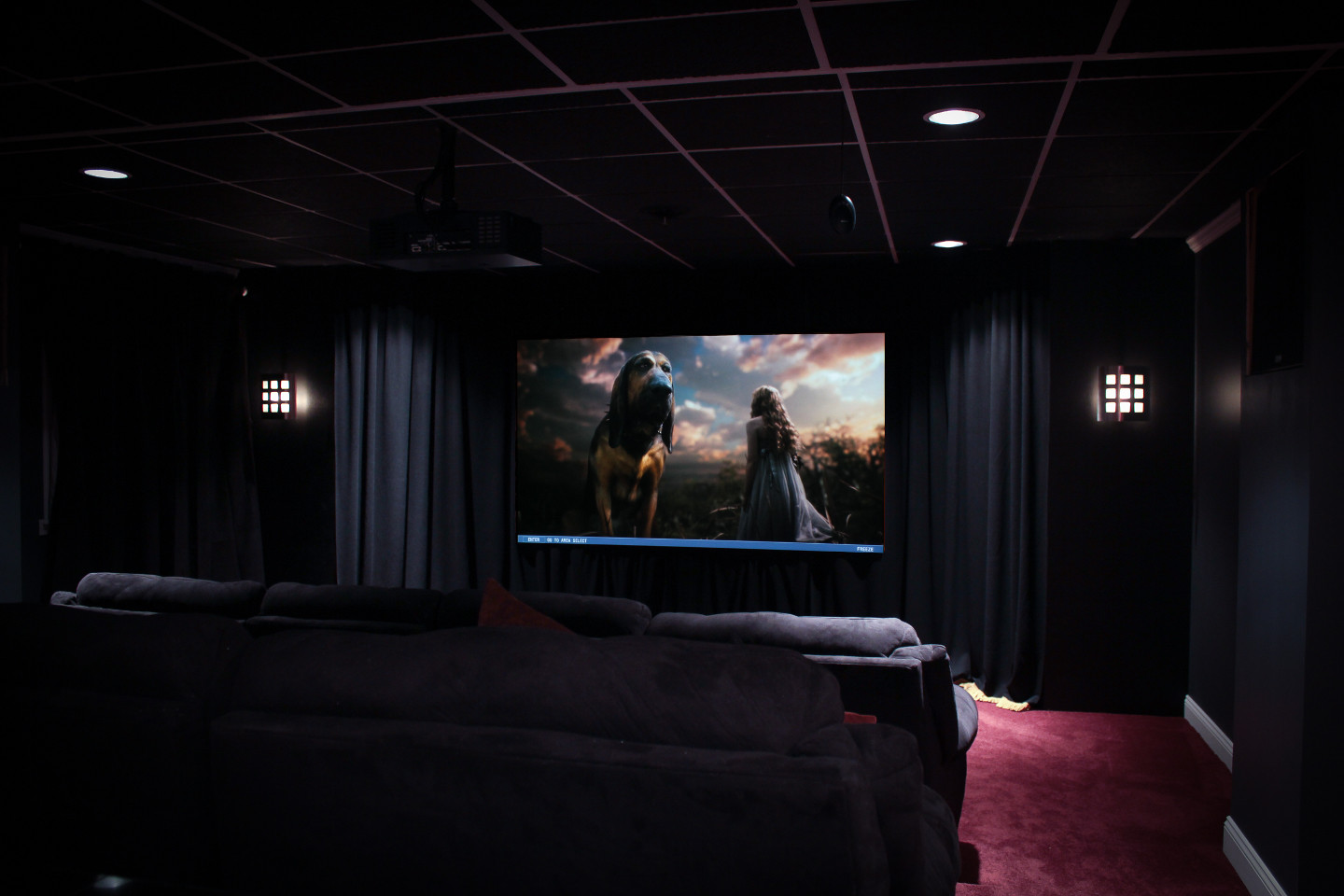
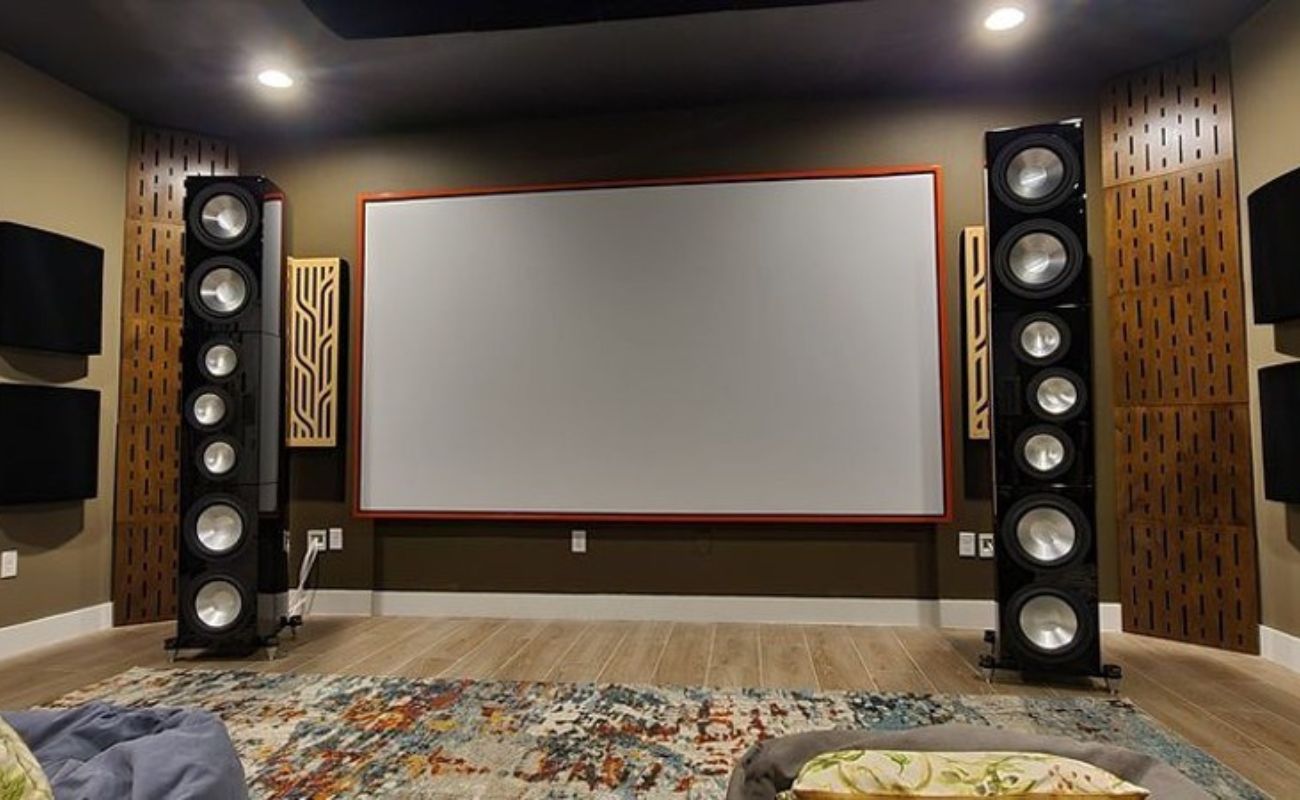
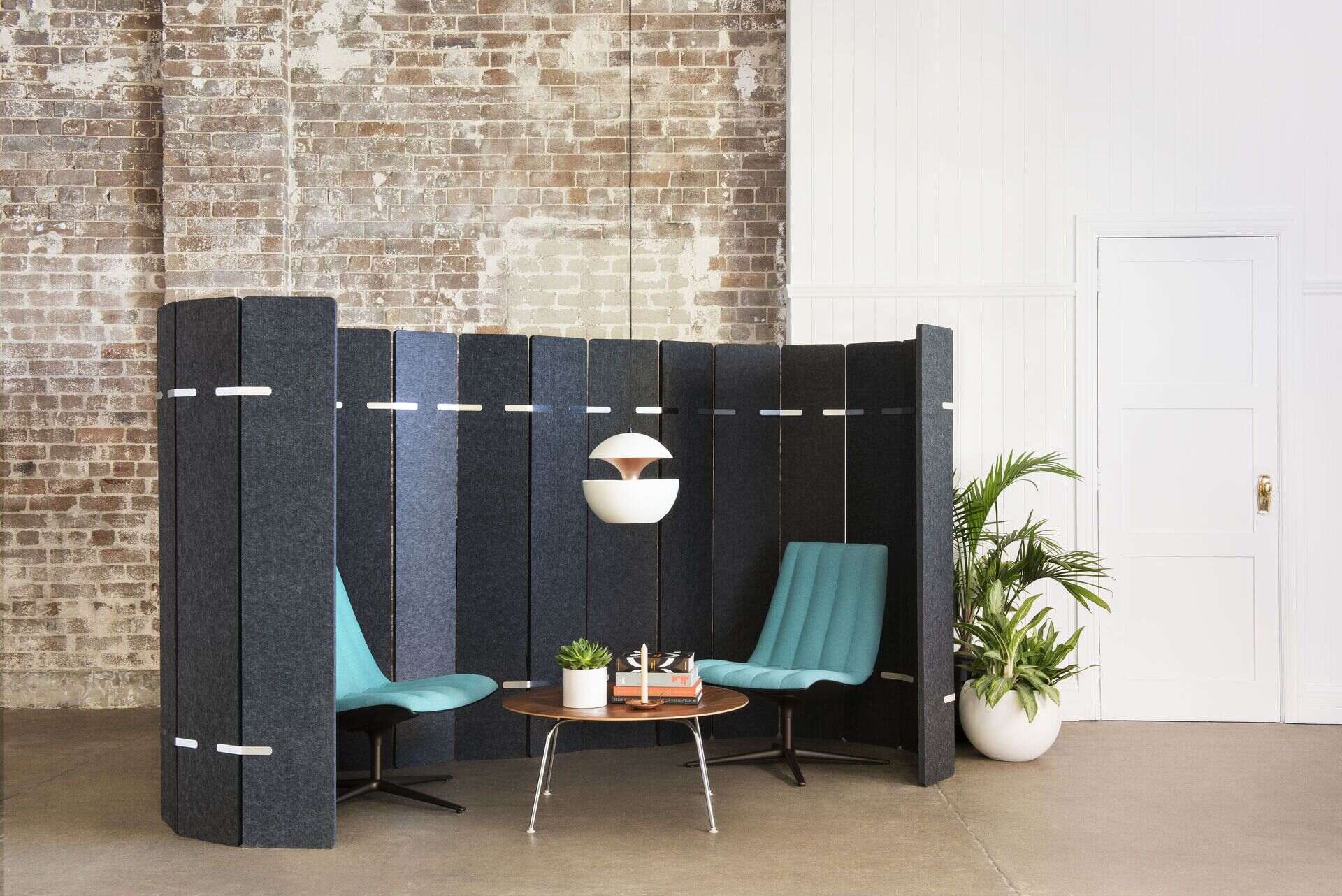
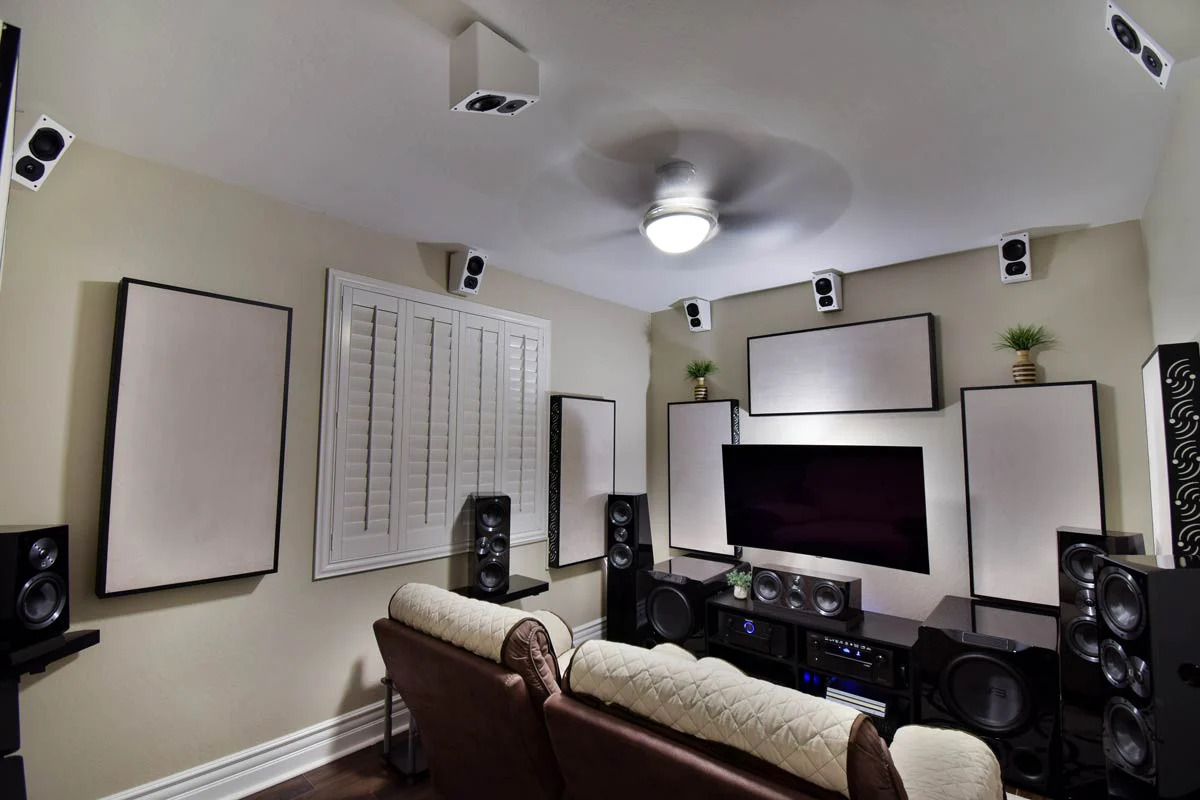
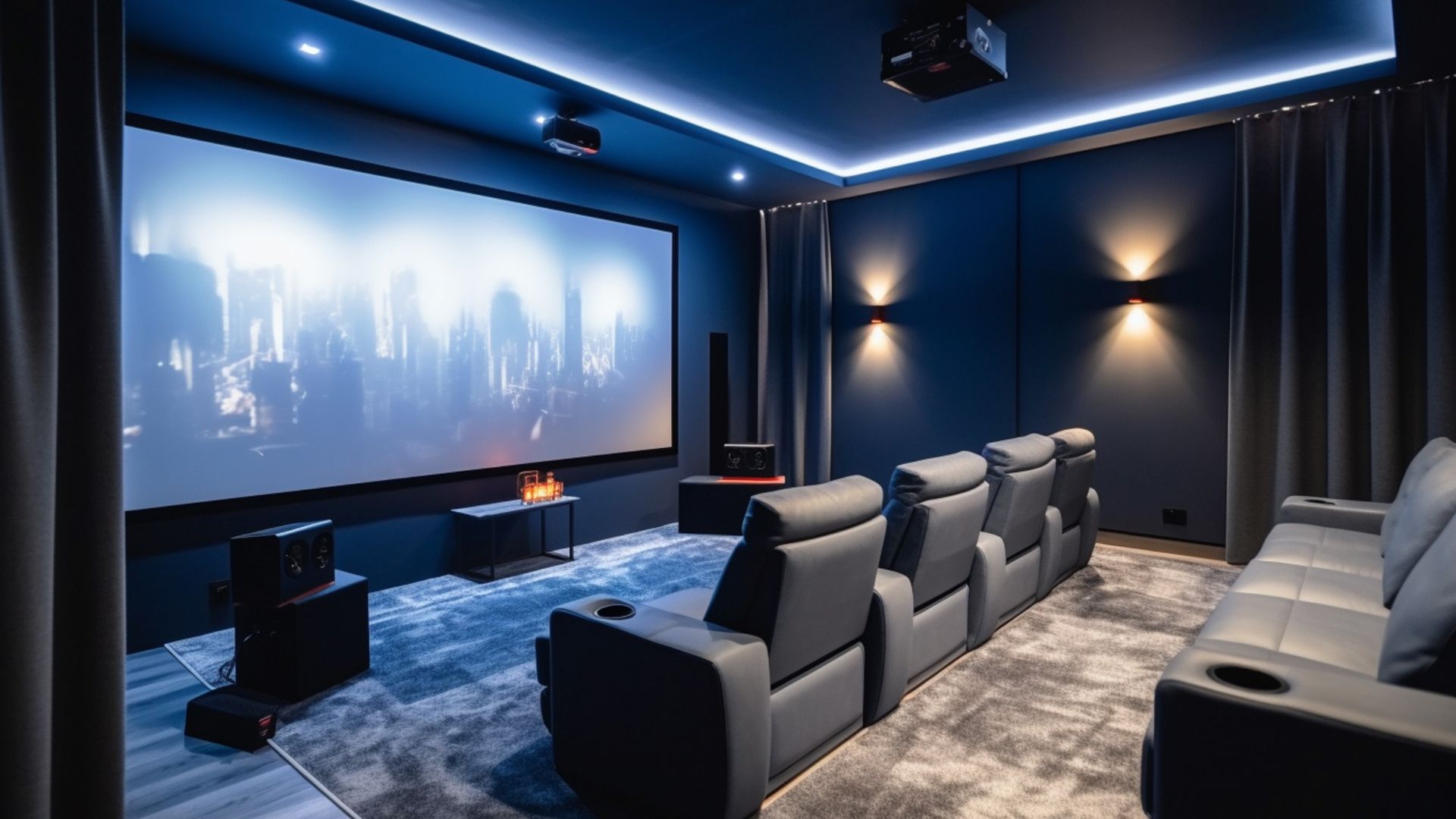
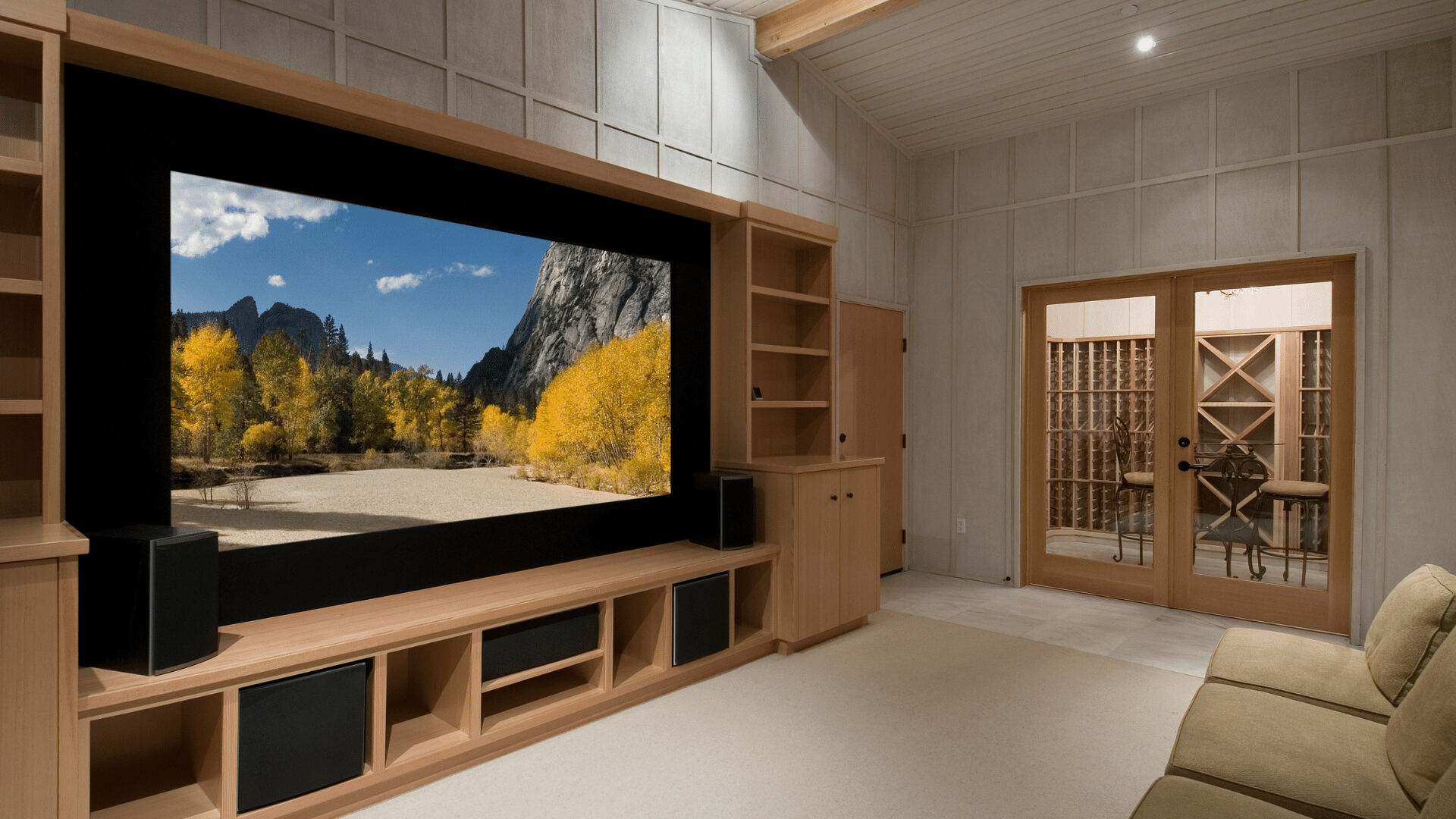
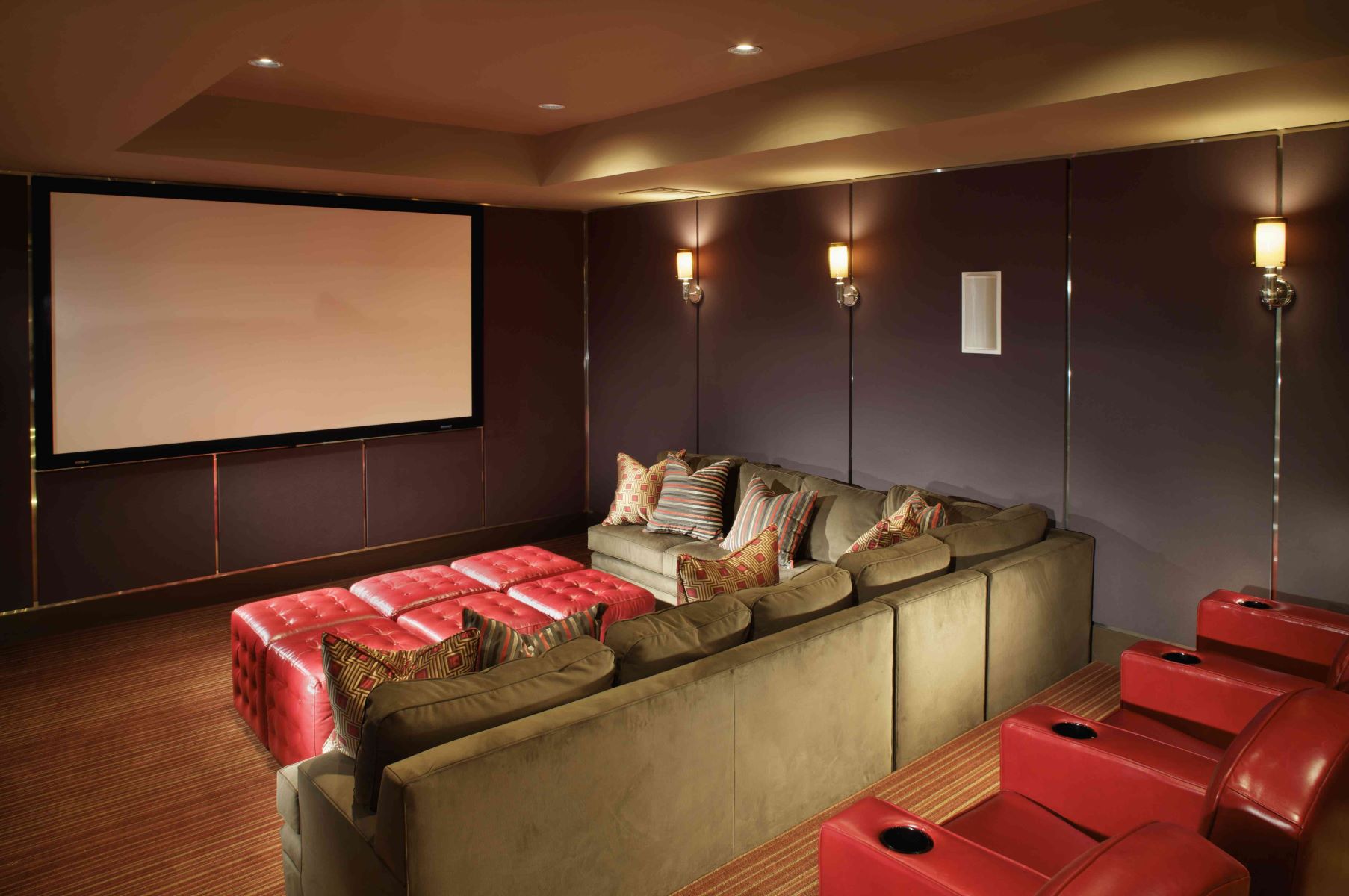
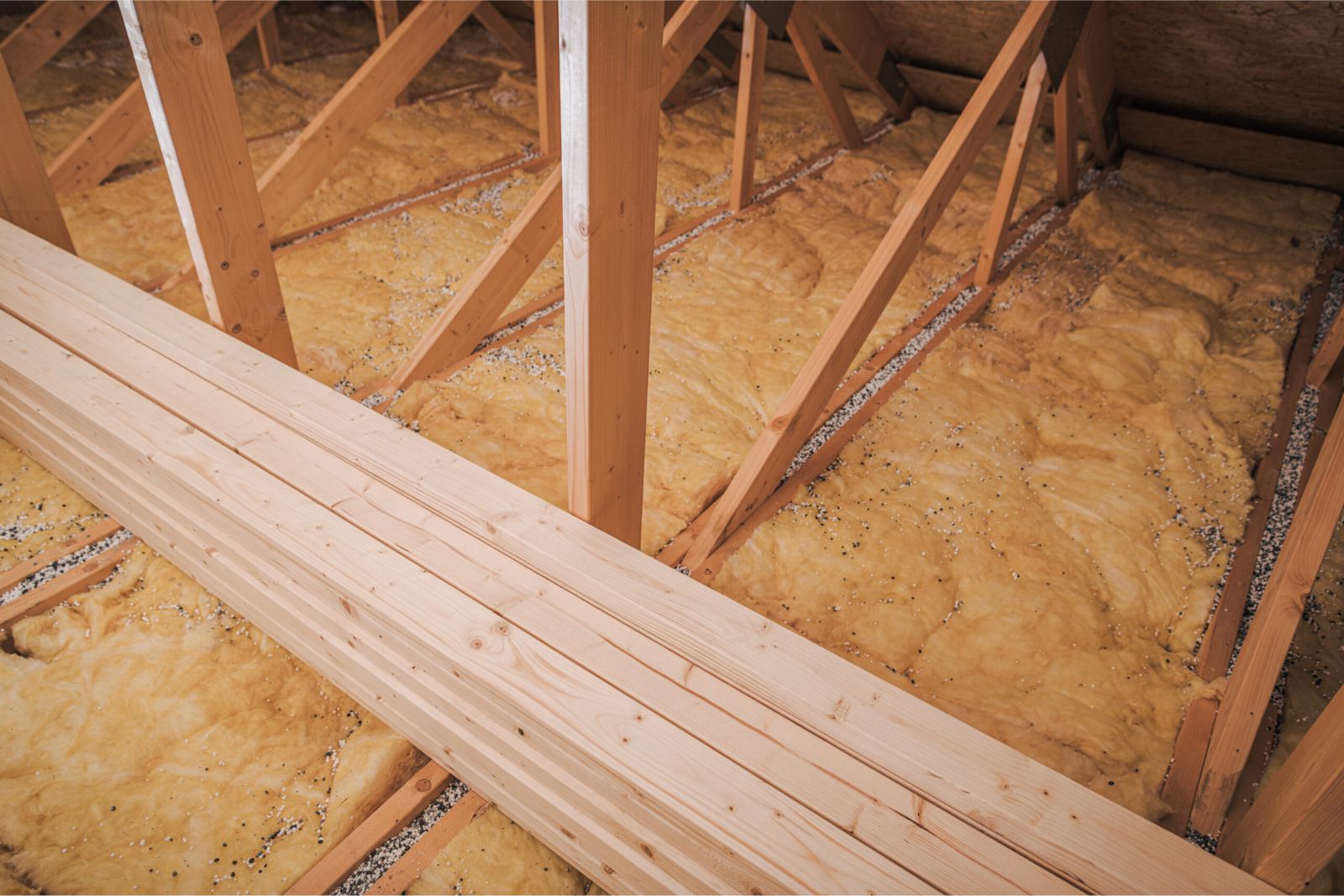

0 thoughts on “How To Soundproof A Home Theater Room”